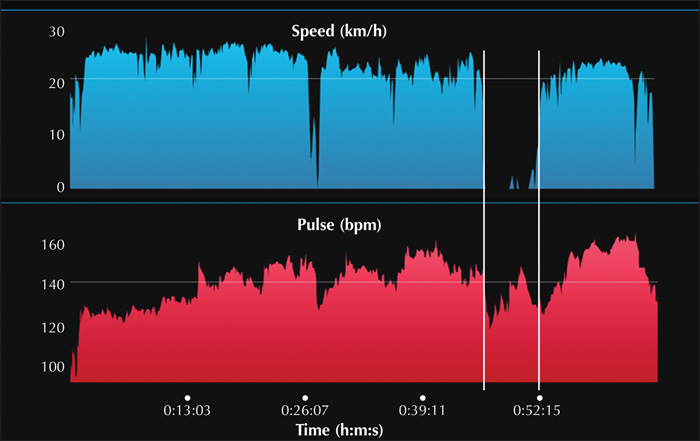Epileptic Disorders
MENUUse of fitness trackers to identify and document epileptic seizures Volume 23, numéro 2, April 2021
Auteurs
1 Department of Clinical Neurophysiology, Danish Epilepsy Centre, Dianalund and Aarhus University Hospital, Aarhus, Denmark; Department of Clinical Medicine, Aarhus University, Aarhus, Denmark
2 Department of Neurology, Danish Epilepsy Centre, Dianalund and Copenhagen University, Copenhagen, Denmark
* Correspondence: Sándor Beniczky
Danish Epilepsy Centre - Clinical Neurophysiology,
Visbys Allé 5 , Dianalund 4293,
Denmark
- Mots-clés : consumer wearables, fitness tracker, epilepsy, seizure documentation
- DOI : 10.1684/epd.2021.1271
- Page(s) : 432-4
- Année de parution : 2021
We are currently in an age of rapid digital integration, with smartphones and consumer wearable devices, such as smartwatches that have become a part of everyday life [1]. Validated algorithms for detecting tonic-clonic seizures are available on specific wearable devices [2]. However, the general functions on smart devices can provide useful information for diagnosis and management of patients with epilepsy. Home videos, recorded with smartphones, help diagnose seizures [3] and improve seizure classification, [...]
![]() Cette œuvre est mise à disposition selon les termes de la
Licence Creative Commons Attribution - Pas d'Utilisation Commerciale - Pas de Modification 4.0 International
Cette œuvre est mise à disposition selon les termes de la
Licence Creative Commons Attribution - Pas d'Utilisation Commerciale - Pas de Modification 4.0 International



